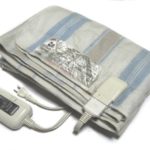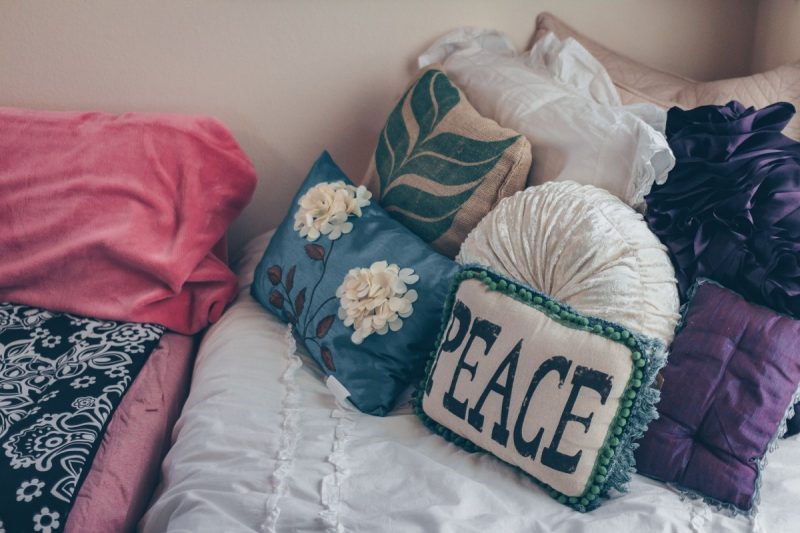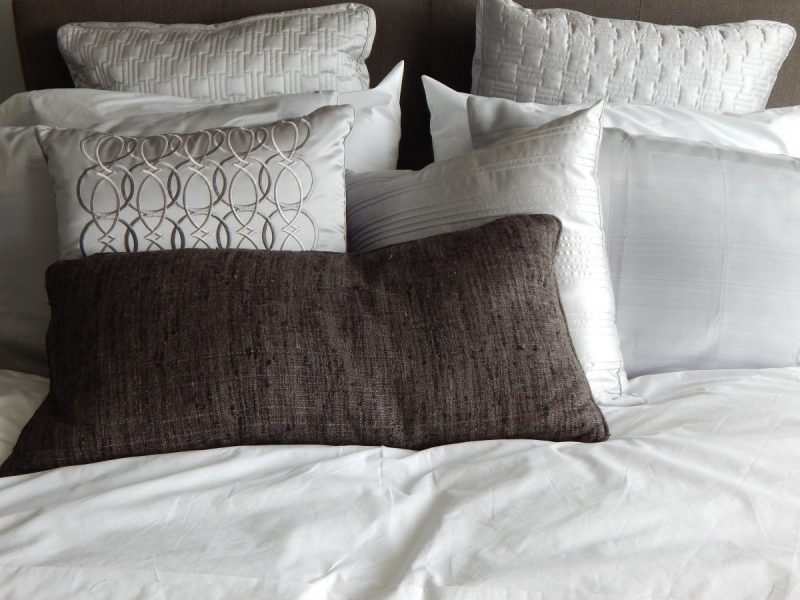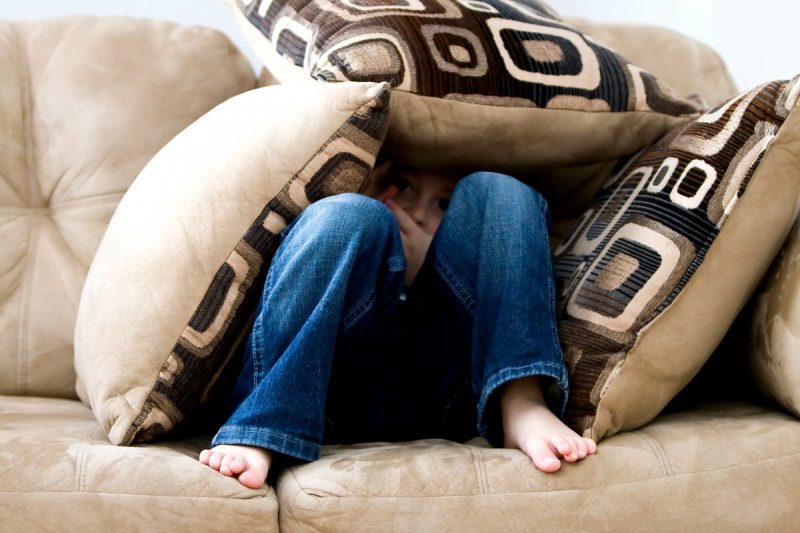How does a cooling gel pillow UK work? Beaches, sand, and tans are a few of the most-awaited moments in summer.
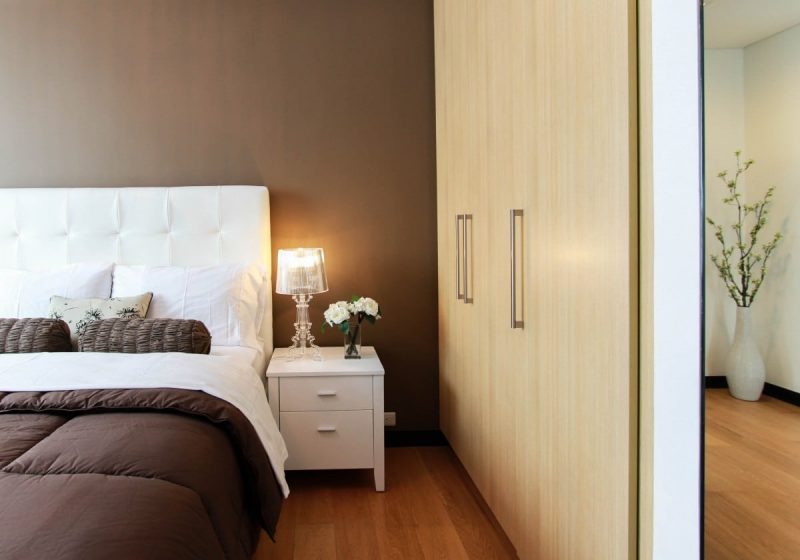
The summer season excites many people, and each year, we are surrounded by a barrage of chatters about getting ready for the hot season.
Like seriously, is there anything to hate about it? Of course no- Um, actually, there is.
It may be a bitter pill to swallow, but summer can be a huge inconvenience, especially during the best part of our day, sleep.
Commonly, sleeping in rooms with high temperatures makes your body feel too uncomfortable due to sweating.
Thus, interrupting your rest and making you less energised for the day.
And if that wasn’t bad enough, dozing off in hot rooms can adversely affect your detrimental cognitive function.
The body has its temperature, and aside from its natural regulator (a.k.a. your organs), your body heat depends on its surroundings.
When it is placed in an area with a higher temperature, your systems begin malfunctioning and affect your performance.
Don’t panic! This article might save the day! After all, we are introducing a product that combats the mentioned issues.
When faced with heat, we bring out the chills! Having trouble with sleep, choose your perfect pillow!
Now, a cool pad? Literally and figuratively? A match made in heaven!
Cooling Gel Pillow And How It Works
Manufacturers made the cooling gel pillow regulate the body while sleeping, especially when faced with high-temperature climates.
It involves having a cold gel placed on one side of the pillow that allows you to breathe easily and feel fresh despite any circumstance.
How Does A Cooling Gel Pillow UK Work?
How does a cooling gel pillow UK work?
Manufacturers insert Gel-infused memory foam into the pillow, usually on one surface alone.
However, some manufacturers take the time to place it on both sides for the customer’s more comfortable use.
The foam provides a relaxed feel to the skin because of the gel.
Once you place the gelled area on your head, it allows the cosy feeling to transfer from its medium to your skin.
The refreshing contact will seep into your head and regulate its internal temperature. Therefore, serving the cooling gel pillow’s primary purpose!
Why Should I Buy A Cooling Gel Pillow?
You may be sceptical about pulling out some bills for this product, but these might change your mind.
Fall asleep fast
A proper pillow PLUS the right temperature are practically the only things you need for a good sleep.
And when you combine these two, you might never want to wake up!
The cooling technology provided by this product helps your brain ease into slumber.
The key to stopping insomnia
A cooling gel pillow, a day, keeps your insomnia away!
You probably have tendencies of waking up readily, but it’s tough to fall back asleep. It may get very frustrating!
But don’t worry, the cooling pillow reduces the chances of insomnia, giving you a good night’s sleep.
Since your body is relaxed and loves the cool feel, it will be hard for your sleep to be interrupted.
Careful, though! You might fall asleep for too long!
Mental health problems: solved!
Uh, depression and anxiety, who? Depression may not necessarily stem from a short sleep, but its cons may heighten the lack of a good night’s rest.
With the gel pillow, you will get more than enough catnaps leading to happier mornings! Positivity is the best way to stop pessimism from mental issues.
Start your day right
A good night’s rest is a good day’s foundation. Whether you’re a morning person or not, when you are constantly well-rested, you might start loving every morning.
Sleeping in a fresh pillow and waking up to the same relaxed feeling will turn your frown upside down!
Reduced metabolism issues
You probably don’t know how much good sleep can affect your body.
It can cause mental issues or tiredness but not resting enough can increase the risk of diabetes, stroke, and heart attacks.
Avoid neck pain
The Cooling Gel Pillow is made of a gel-infused memory foam pillow.
Now, the memory foam pillow keeps your body from being in awkward positions that lead to neck pains.
Hypoallergenic
The gel pillow is made of materials that are okay for people with allergies. It is why it’s a commonly used product in most hotels.
So if you’re worried you might have reactions, this product offers you a better option!
Affordable
How do you make a pillow with regulating technology that helps you sleep even better? Make it affordable! And true enough, this pillow has it all!
Despite its modern technology and numerous benefits, the cooling gel pillow is not as expensive as you think it would be.
It is only slightly more costly (if not the same price) with regular pillows. Buying one is a steal!
For Your Information
How long can a cooling pillow last?
Cooling gel pillows need to be replaced every 1 to 2 years (usually). It may vary depending on the quality of your pillow and how you use it.
When you feel like it isn’t serving its purpose and before, it might be time to get a new one.
Can you place it inside a pillowcase?
Definitely! Experts recommend placing Gel pillows inside cases to feel cosier. It is essential to choose good pillowcases too.
After all, what’s the point of buying a great pillow when your case will make it uncomfortable?
Conclusion
Cooling gel pillows save lives.
Come on, a pad with regulated temperature, hypoallergenic properties, comforting assets, and an affordable price.
What more could you ever ask for; grab your cooling pad now!
I hope this article titled “How does a cooling gel pillow UK work?” helped you out!


